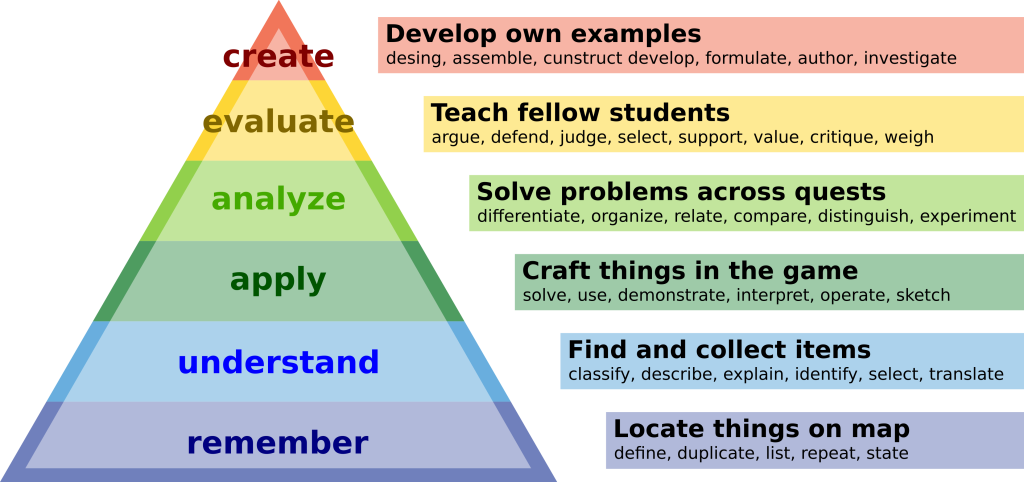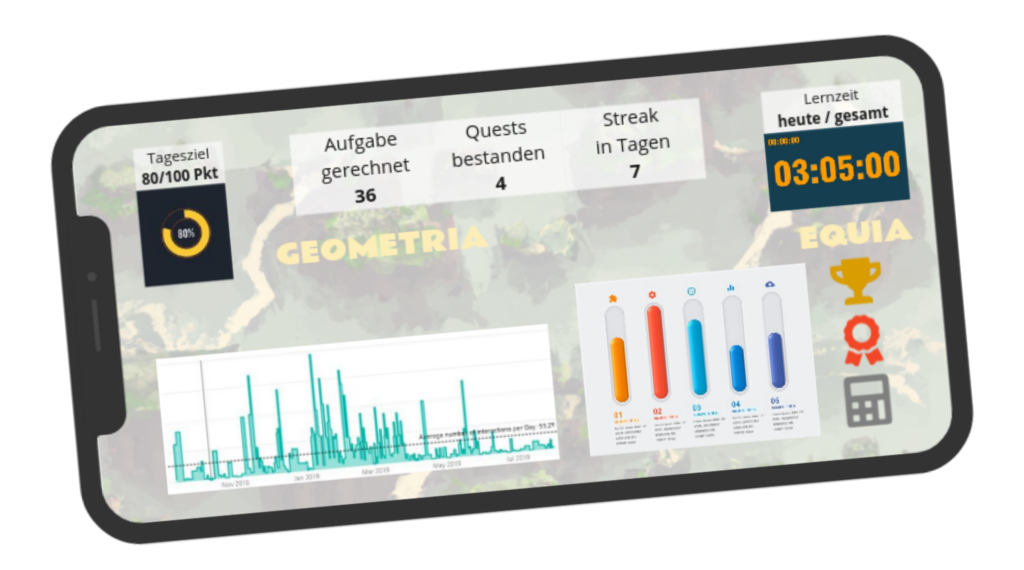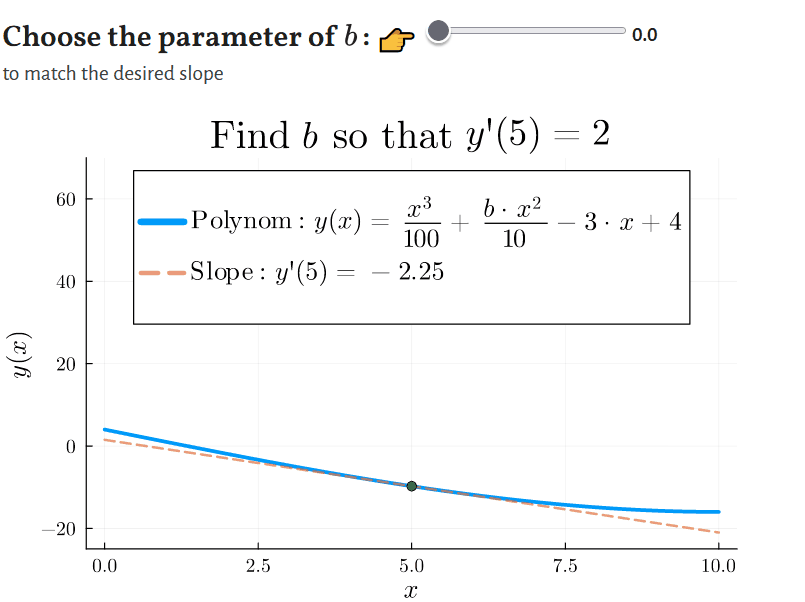From Learner to Teacher

The research of Benjamin Bloom, Max Englehart, Edward Furst, Walter Hill, and David Krathwohl and their work “Taxonomy of Educational Objectives” [1], published in 1956, is the basic cornerstones of a rational structure of learning processes. To this day, the widely cited work is used in countless variations, but the basic idea has not changed. Bloom et al. and many others after them, divide the so-called cognitive domain, i.e. the understanding of a learning content, into several stages. There are now many different models with different numbers of stages. The one shown here refers to the 2001 publication by Anderson et al. [2] with six stages.
Level 1 - remember
The lowest level, i.e. the basis of the “knowledge pyramid” shown here, is remembering. As with learning vocabulary, this involves being able to easily remember and repeat words, definitions or lists of terms. In mathematics, this includes vocabulary such as “addition,” “hypotenuse,” or “term”. Konomondo helps students remember by locating the items on a map. It’s a principle we all use, though often subconsciously, when memorizing stuff in real life. For example, actors first remember their lines when learning them often by locating them in the script, and during rehearsals often by connecting entire passages of text to locations on stage. Sometimes patterns, or stories, also help to remember.
Level 2 - understand
The next cognitive level is comprehension. Here, the words and terms from the lowest level can not only be repeated, but also explained and classified. For example, distinguishing between a “continuous” and a “discontinuous” function requires not only knowing the two terms, but also understanding their meaning. Konomondo helps with understanding by having our students collect items that they only get when they understand a context. These items must then be combined and applied later.
Level 3 - apply
This brings us to the third level, applying. As the name implies, different concepts must not only be understood, but also applied. A classic example is a mathematical calculation that requires the application of different arithmetic operations in the correct order. For many students, level three is the end of the knowledge they have been taught in school, but not in Konomondo. Here, by combining collected items, new items can be formed, which are needed to complete major quests.
Level 4 - analyze
Level four is analysis, which is the ability to combine various complex concepts, distinguish their areas of application, and apply them to real-world problems. In Konomondo, after completing individual quests, the learned skills are combined in the form of real-world problems. This is the basic requirement to complete individual levels in the game.
Level 5 - evaluate
The next to last cognitive level is evaluation. Here, it is required that different possible solutions to problems can be weighed and discussed and, at best, that the most efficient method for solving a problem can be found. To strengthen this ability, Konomondo is planning a multiplayer mode in which students can solve problems together or explain contexts to other students.
Level 6 - create
Level six is the top class of understanding, namely the ability to find new solutions and formulate problems. In the future, we want to enable students to collaborate, find examples and enter them into Konomondo, which is the best way to completely understand a subject matter.
[1] Bloom, B. S.; Engelhart, M. D.; Furst, E. J.; Hill, W. H.; Krathwohl, D. R. (1956). Taxonomy of educational objectives: The classification of educational goals. Vol. Handbook I: Cognitive domain. New York: David McKay Company.
[2] Anderson, Lorin W.; Krathwohl, David R., eds. (2001). A taxonomy for learning, teaching, and assessing: A revision of Bloom’s taxonomy of educational objectives. New York: Longman.
Knowledge Space

In mathematical psychology and education theory, a knowledge space is a combinatorial structure used to formulate mathematical models describing the progression of a human learner [3]. Originally, knowledge space theory was developed to address the shortcomings of standardized tests when used in school psychometrics.
Konomondo uses machine learning based on the theory of knowledge spaces to help students specifically with their individual problems and knowledge gaps. Konomondo can assess which topics are understood or not understood based on the answers to the questions asked in the game. Based on this assessment, Konomondo also determines the topics that the student is ready to learn and allows to choose from various quests for those topics.
[3] Doignon, J.-P.; Falmagne, J.-Cl. (1999). Knowledge Spaces, Springer
Emotional Learning

The effectiveness of learning is significantly influenced by our emotional state. While, on the one hand, purposeful emotional excitement can lead us to remember things for a long time, on the other hand, great anxiety can be an inhibitor of learning [4]. When we are afraid of failing an exam, we generally do not learn effectively or sustainably, which increases the likelihood that we will actually fail.
Recent studies also suggest that the degree of subjectively perceived control over the respective performance situation plays a big role in the learning outcome. It is also extremely important to the learner that the subject has relevance [5].
That’s why Konomondo is an online role-playing game where the subject matter is woven into emotional stories. This keeps the learner active and gives the material the appropriate meaning. It also gives more control over one’s own learning progress, which in itself leads to more engagement.
[4] Spitzer, M. (2002). Gehirnforschung und die Schule des Lebens. Heidelberg/Berling: Springer.
[5] Pekrun, R. (2006). The control-value theory of achievement emotions: Assumptions, corollaries, and implications for educational research and practice. Educational Psychology Review
Learning Analytics

Learning analytics is the measurement, collection, analysis, and evaluation of data about learners and their environments to understand and optimize learning and the learning environments in which it occurs. In modern learning management systems, but also in social media or similar online tools, users’ clicks, navigation patterns, time spent on a task, information flow, and concept development can be tracked through user discussions.
Konomondo uses state-of-the-art learning analytics to give the student an accurate view of what they are learning and help them know what they don’t know. This allows knowledge gaps to be identified and addressed immediately
Interaction

Classic textbooks are no longer state-of-the-art. In order to make teaching material really accessible, one needs to be able to “touch” the material and to experiment. In the process of studying, it is important to get an idea of the effect of a mathematical operation. Graphical representations of such operations are essential for developing a good understanding. This is most easily solved with interactive animations.
Konomondo uses many animations for explanation, some of them interactive, to make the material more accessible. In addition to a better overall understanding, the focus here is also on a playful approach that arouses interest.
